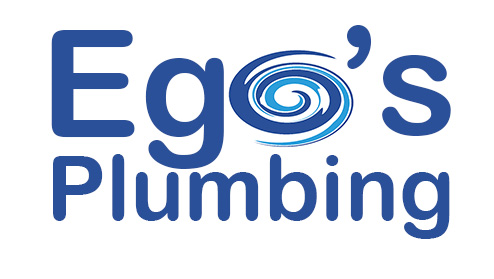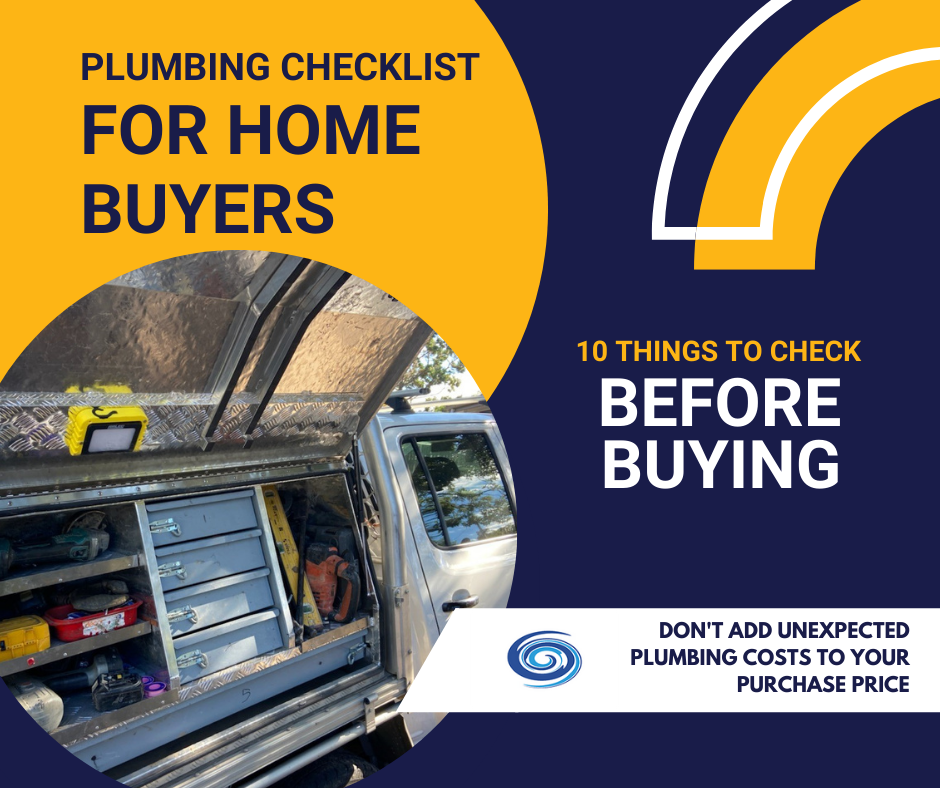When you are buying a home a building inspection is a must to ensure you don’t land up buying a property that has major maintenance problems. While a pre-purchase building inspection can uncover a number of issues, they do not reveal plumbing problems. These can be some of the most expensive problems to fix.
Here are 10 plumbing checks to do before you sign on the dotted line.
1. Check for signs of water leaks and water damage
Look for leaks and water damage under sinks in the kitchen, bathrooms and laundry. Also look outside the house and under the house. Greener patches of grass can often indicate leaks. Whether it’s due to damage from tree roots or blockages, leaking pipes are a common problem and can be an expensive one to fix. Leaks that go unnoticed can cause mould, damp and rotting walls, floors and ceilings
2. Check your hot water system
Make sure there are no leaks coming out of the hot water system. How old is the water heater? Most hot water systems have the date of manufacture on them. If you have a unit that is 10 years old, you might need to replace that within the next 2 years. An older unit may not be very efficient which can make it more expensive to run. Most systems last 10-12 years depending on the type of unit. Check that there are no leaks on the inlet or the outlet or any rust forming on parts of the heater.
3. Check for leaking taps
Leaking taps are often easier to spot. Make sure you turn on taps and to ensure that they are working properly. Leaking taps can waste a lot of water which will show up on your water bill.
4. Check for blocked drains
Blocked drains can be caused by a variety of things from leaves and twigs in gutters to damage from tree roots. The longer a drain stays blocked the higher the likelihood of the problem becoming more serious. Blocked drains are common in older houses with established trees. A blocked stormwater or sewer drain can often require the digging up and replacement of drains and pipes. For greater peace of mind, you can get a licensed plumber to put a camera down the stormwater and sewer drains to check for blockages.
5. Check toilets for leaks and blockages
Flush every toilet and check that there are no water leaks. The water level should rise and drain away straight away, otherwise it means there may be a blockage.
6. Check the water quality and flow
Run a tap for a few seconds and carefully observe the colour of the water, the rate of flow or water pressure and whether there are any unusual odours. These can provide a good indication of whether there are any plumbing problems.
7. Listen for any noises
When you run the taps, do you hear any clanging sound coming from the pipes? If you hear gurgling sounds when water drains, this could also indicate a plumbing problem.
8. Outdoors - check the irrigation system, water tanks and pool pumps
If the house has an irrigation system, water tanks or a swimming pool make sure you check that everything works properly. Ask questions about how old they are, check pools for leaks and ensure that all the pumps are working properly.
9. Check the gas heating
Make sure everything is able to be turned on. You don’t want to buy a house in the summer only to find that when it comes time to turn on the gas heating in winter that it doesn’t work.
10. Check the roof plumbing
Problems with roof plumbing can cause water leaks that can damage the ceiling. Water that doesn’t drain properly from the gutters can cause structural damage. Look for stagnant water and rust spots. Also check the roof capping. Do the gutters seem to be intact?
Plumbing can be one of the most expensive repairs on a property, especially if there are issues with your stormwater or sewer lines as most times this involves digging up driveways and gardens. If you are not confident inspecting the property yourself, contact a licensed plumber who can take a closer look at the house’s plumbing system and identify any hidden plumbing problems that might cause issues down the track.


